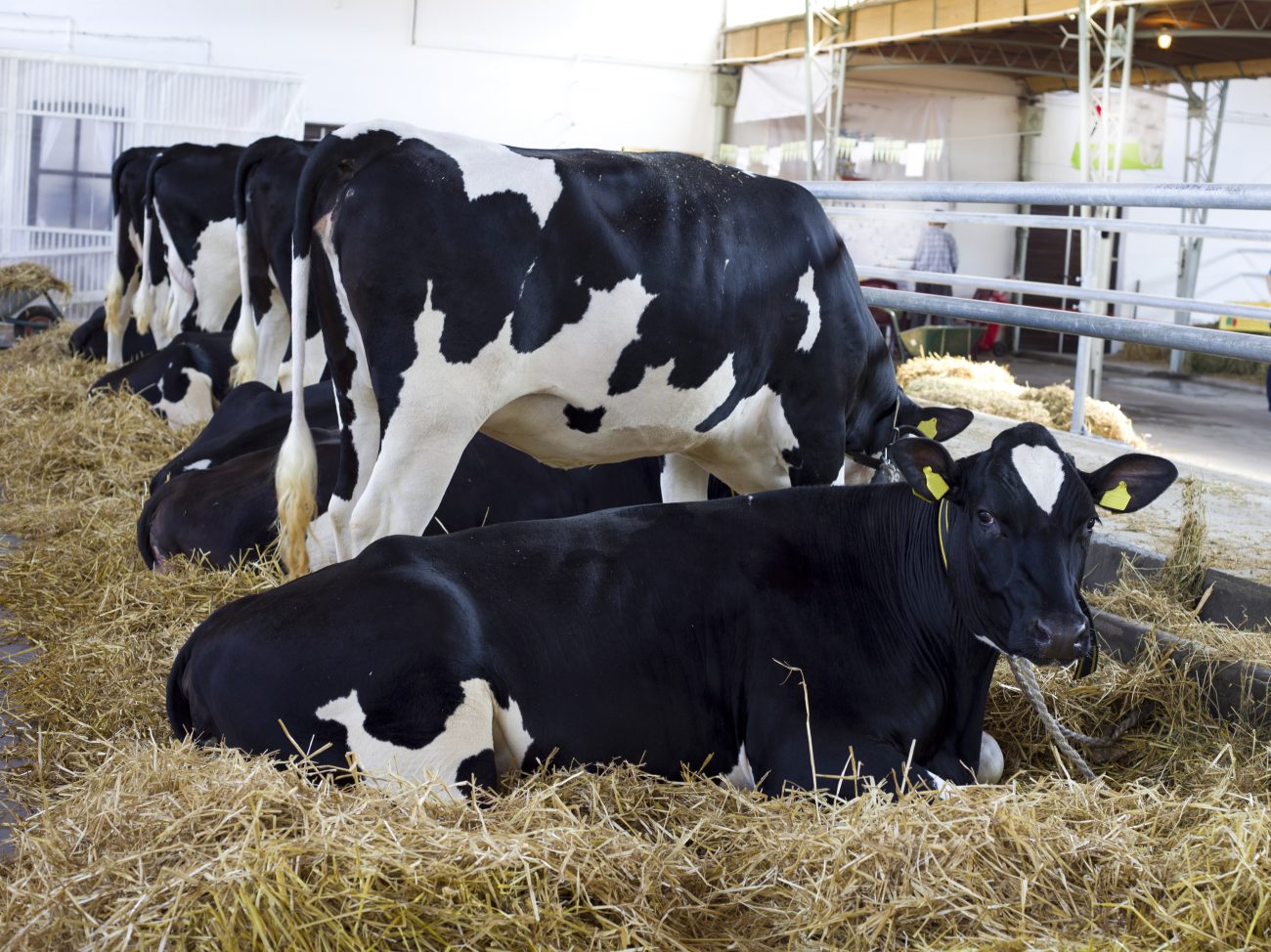Cow lameness – the most common causes and prevention
Cows lameness occurs in virtually every dairy farm. It is estimated that hoof diseases are the third largest cause of financial losses incurred by the farmer. The disease may have genetic or environmental causes. However, most often it is caused by the negative influence of many factors simultaneously.
It should be remembered that lameness is not only a very severe pain and worsening of cow welfare. Hoof diseases also reduce milk production, reproduction problems, increased removing of cows. All these factors cause additional economic losses in milk production. Learn about the main factors causing lameness in your herd and how to counteract them.
Genetic predisposition
Scientific studies have validated the existence of genetic diversity between and within breeds with relate to many cow locomotor system dysfunctions. Moreover, a positive genetic correlation between milk yield and the state of the locomotor system of cows was found. This proves that the occurrence of lameness can be counteracted not only by improving the way animals are kept but also by proper breeding work.
Correct nutrition
Among environmental factors, the feeding and housing conditions of cows play a key role in the condition of their locomotor system. Often, it is the mistakes in balancing feed rations that determine the progression of lameness. This is mainly associated with an excess of carbohydrates in the ration. Both the deficiency and excess of minerals can have a negative impact on the condition of the locomotor system of cows. Studies show that calcium, sulphur, copper, vitamin and zinc are the most crucial for keratin production. Stress and severe pain may also contribute to the reduction of the zinc reserves and, consequently, increase susceptibility to lameness. Another important micronutrient is copper. It is responsible for the quality of keratin microfilaments of which the hoof horn is made.
Size of stalls and type of the ground

The design of free-stall barns has an impact on the health and productivity of dairy cows. Subfloor such as concrete and poor quality rubber mattresses are favourable to ankle injuries. Animals forced to lie on hard ground, spend less time resting during the day. This has a mainly impact on the increased frequency of locomotor dysfunction. To ensure that cows willing to visit their lying area, it is also important that they do not limit their movements.
Cows need a lot of freedom of movement when their getting up, so called “swinging heads”. If the cow does not have enough space, this can result in abrasions or injuries. At the same time, it is important to remember that clean and dry slurry corridors are also an important factor in limiting damage to the hoof horn. Too little manure removal leads to softening and subsequent damage to the hoof horn. Damage to the integrity of the hoof horn leads to the entry and spread of microorganisms causing a number of bacterial diseases.
Research shows that sand is the best material for bedding material. It easily adapts to the shape of the cow, creating good resting conditions. Additionally, it makes it easier to remove liquid manure from the bed, which provides better hygiene. Sand also provides softness and adhesion, making it easier for a lame cow to rise up. Use of sand on stands is associated with reduced occurrence of lameness.
The losses of hoof diseases in dairy cattle are considerable and consist of direct and “hidden” costs. From an economic point of view, cow lameness is considered to be one of the important factors in the health of dairy cattle.




